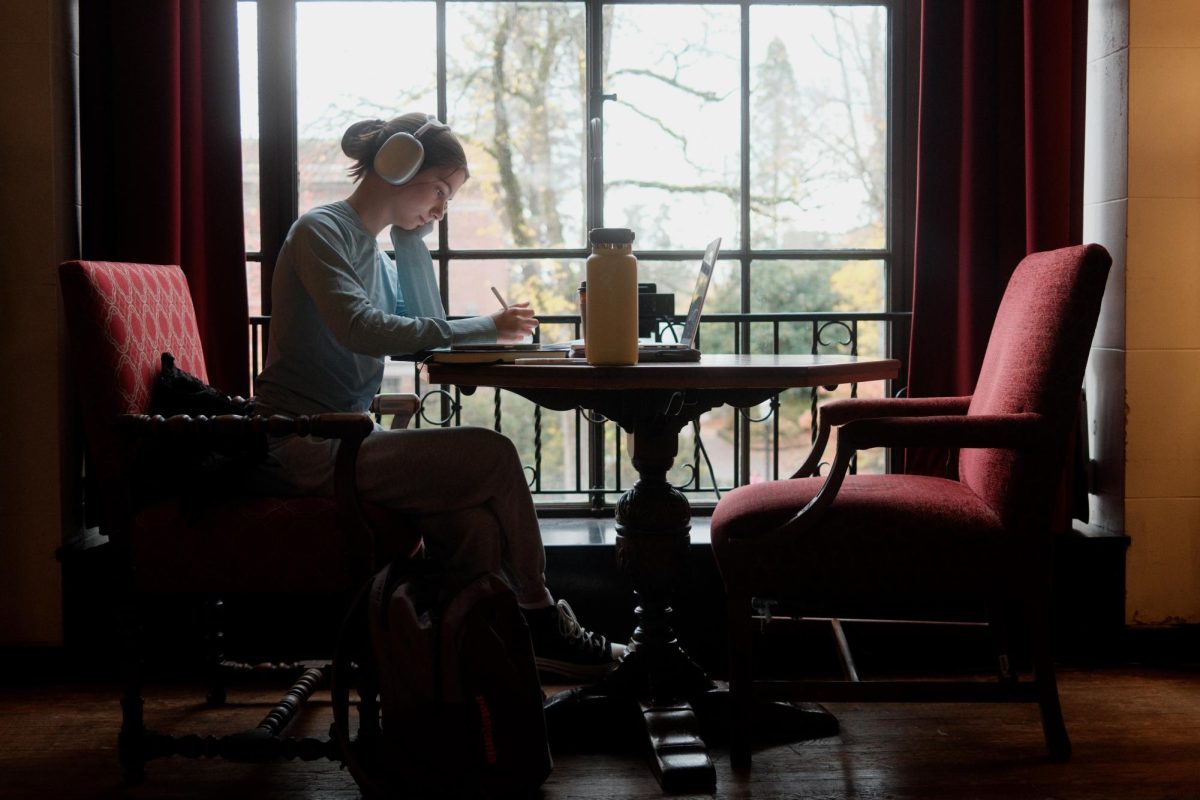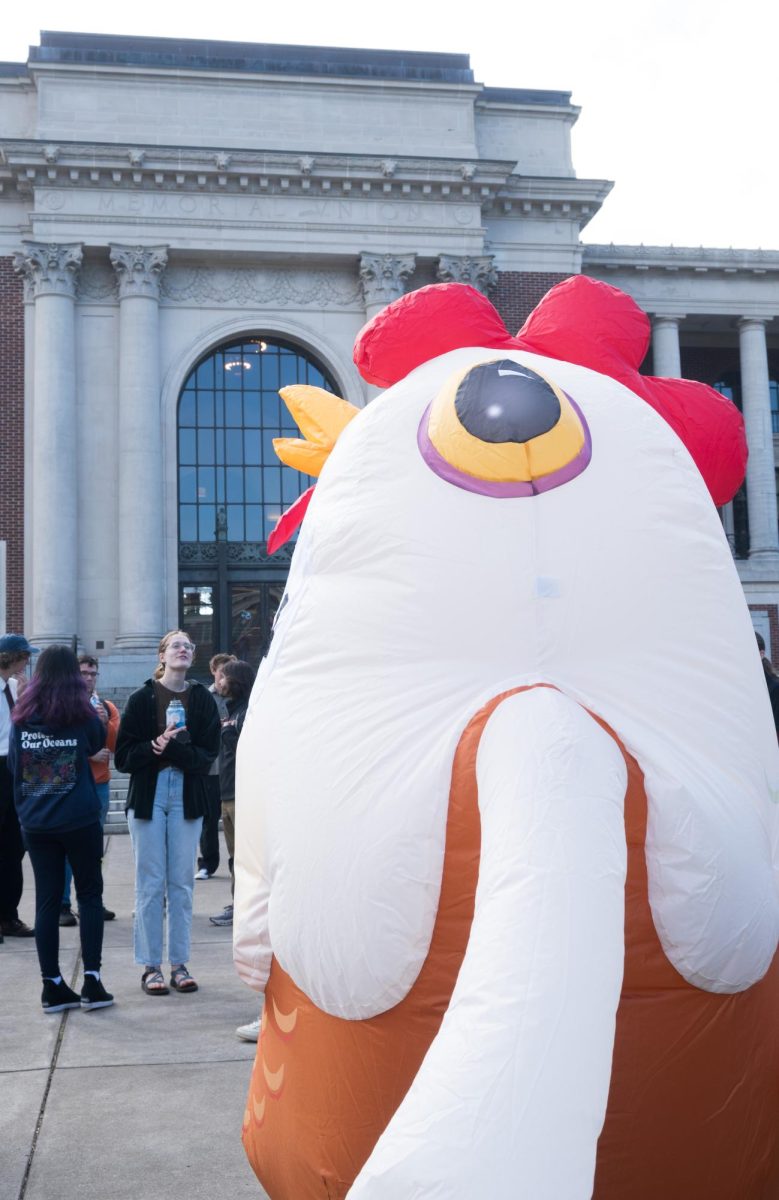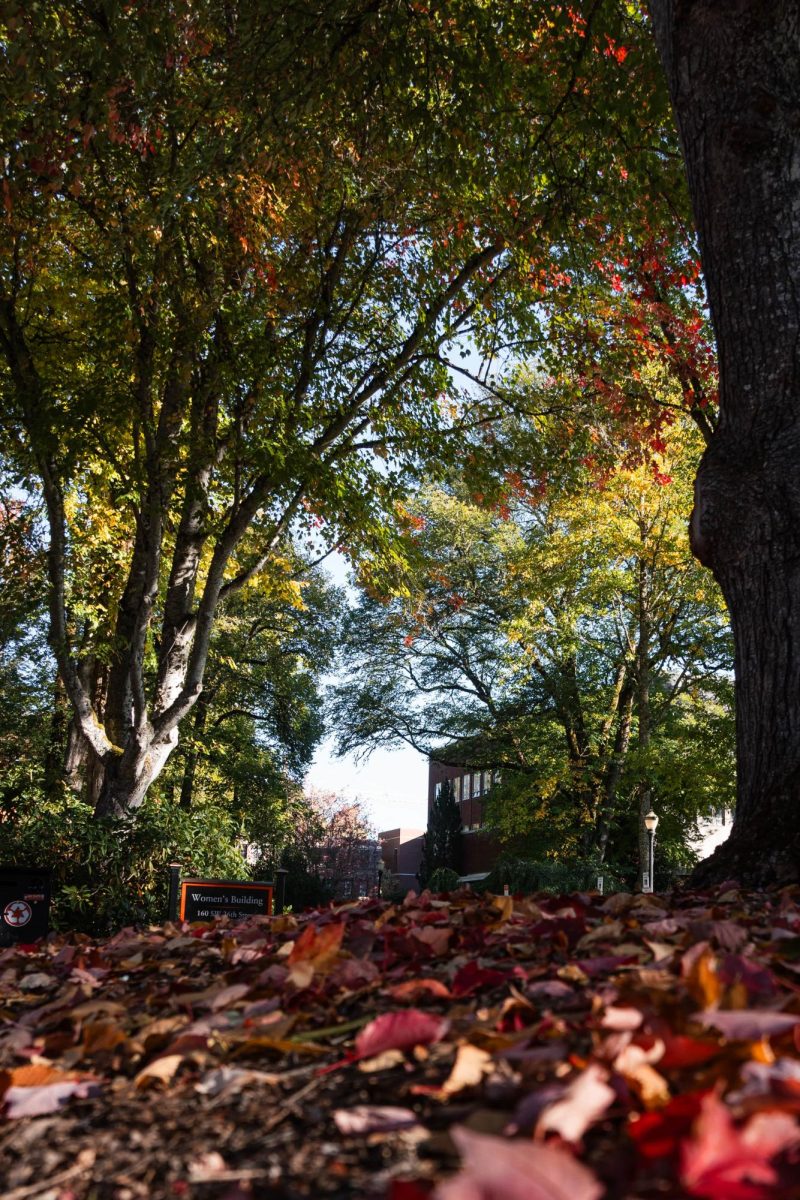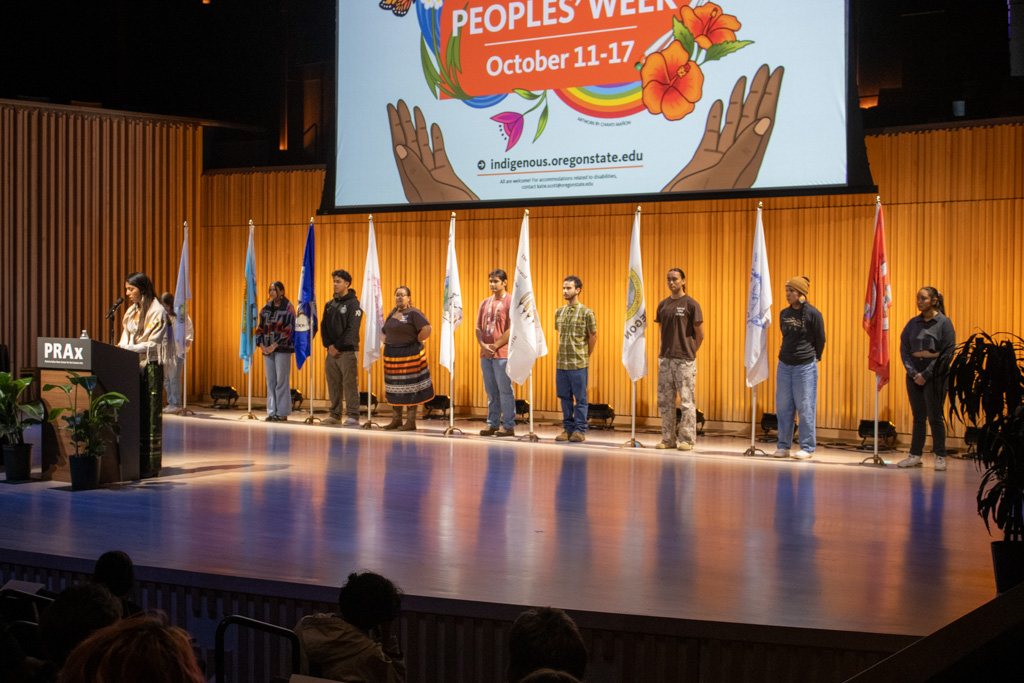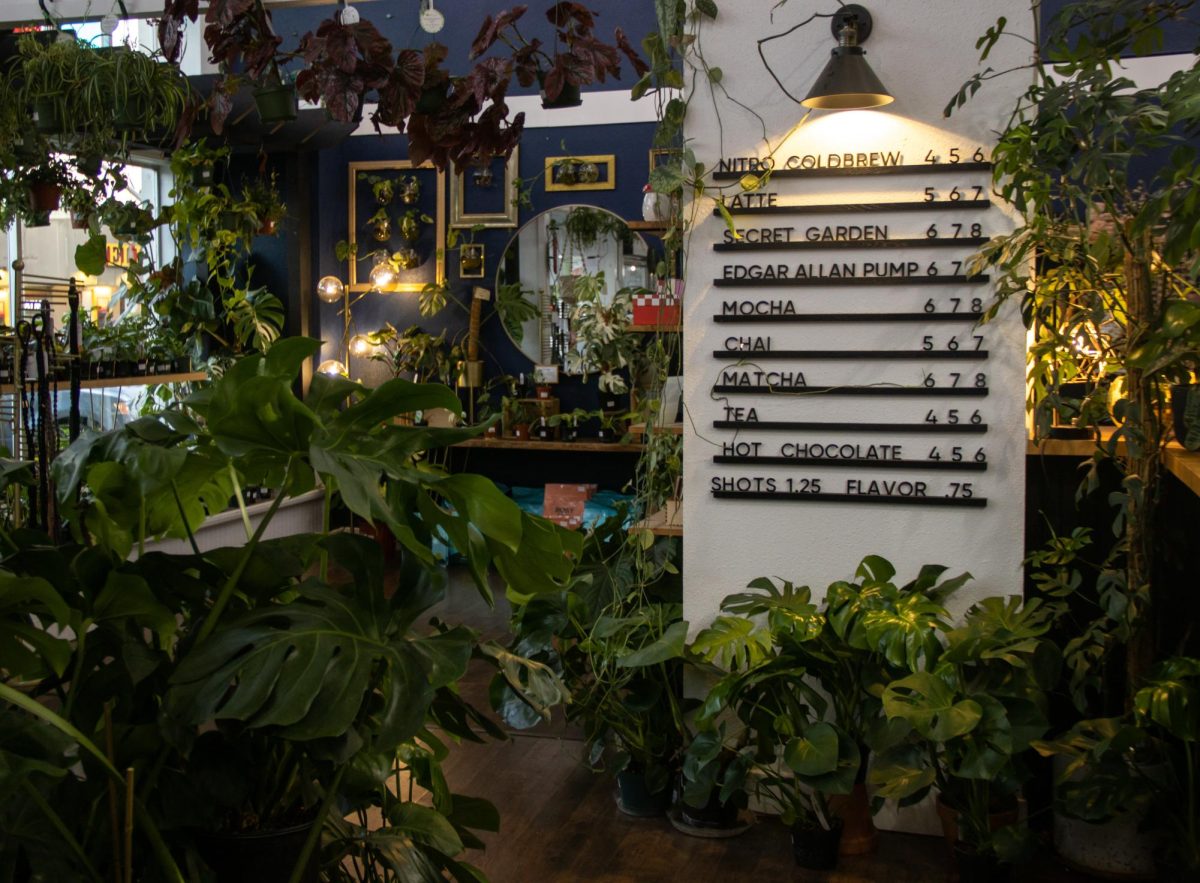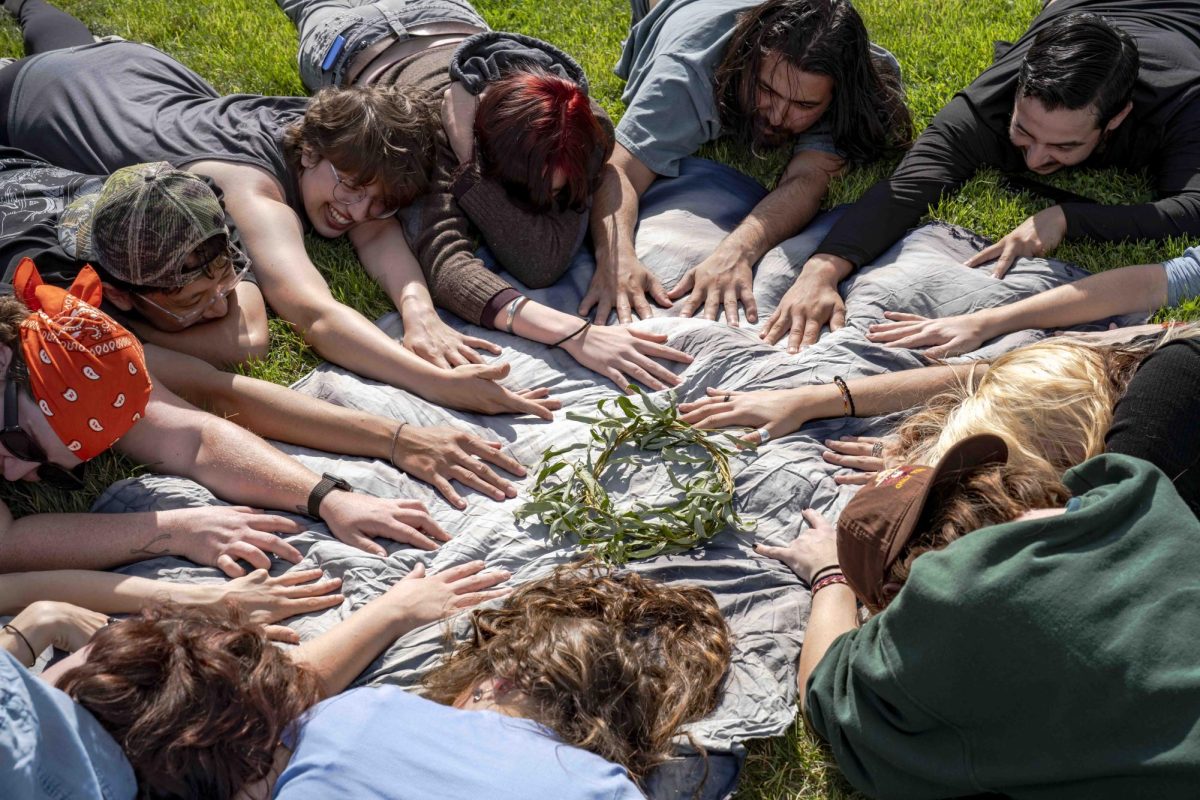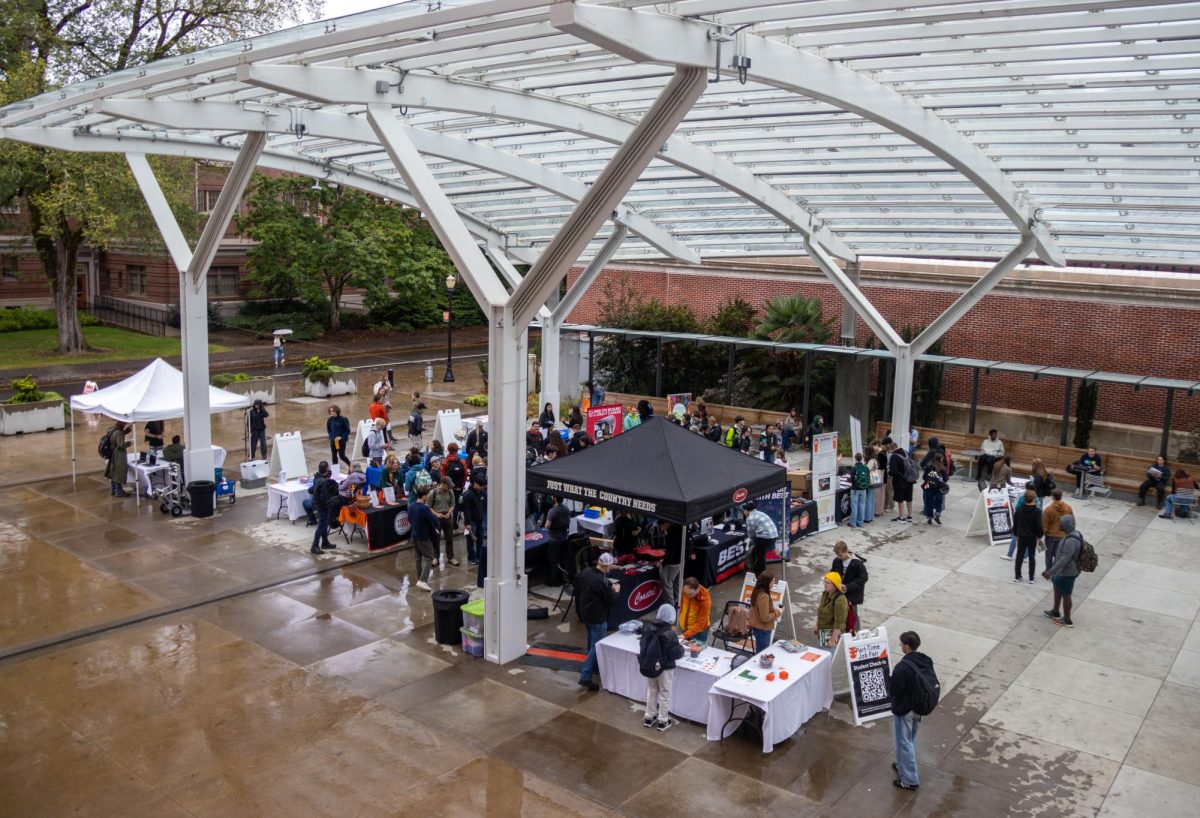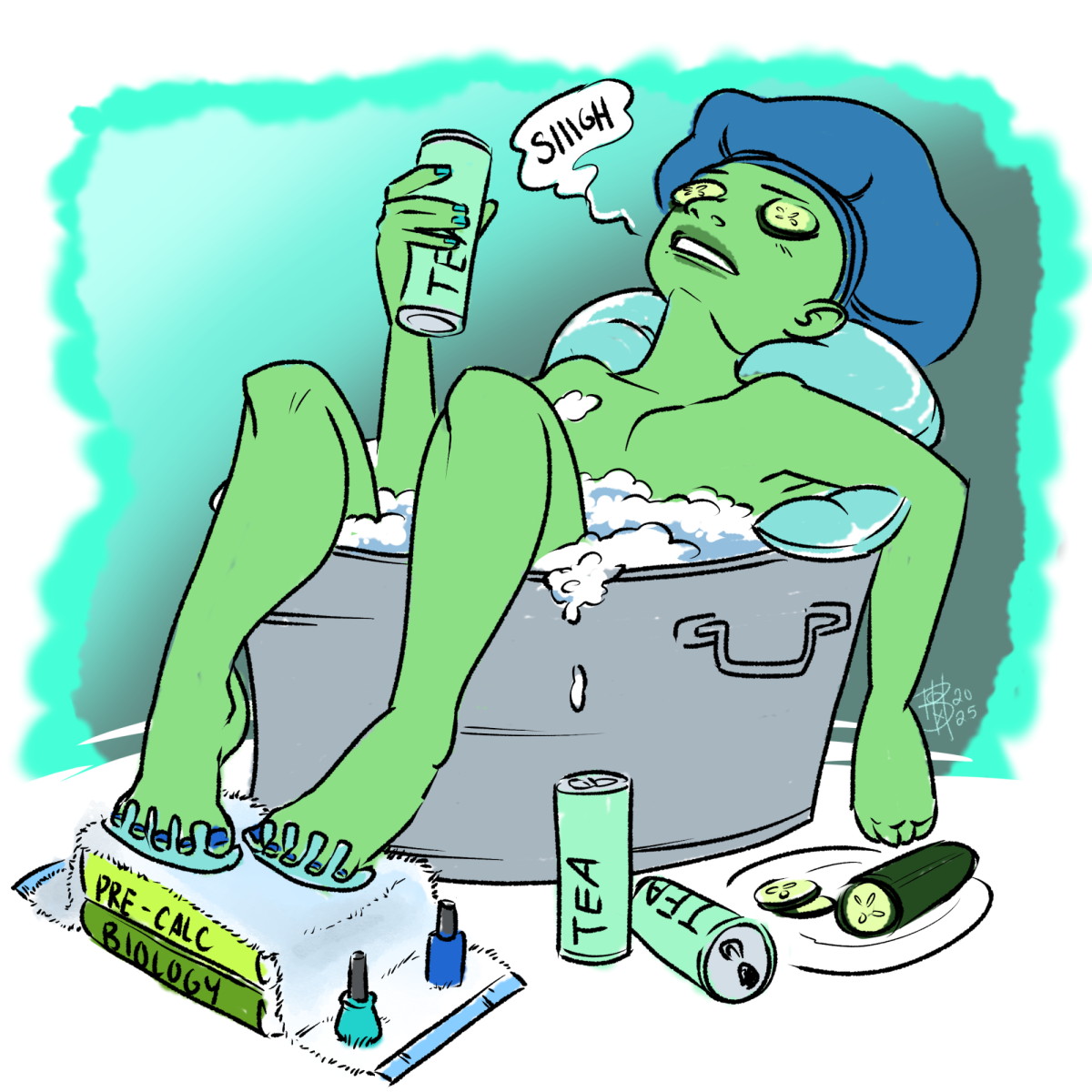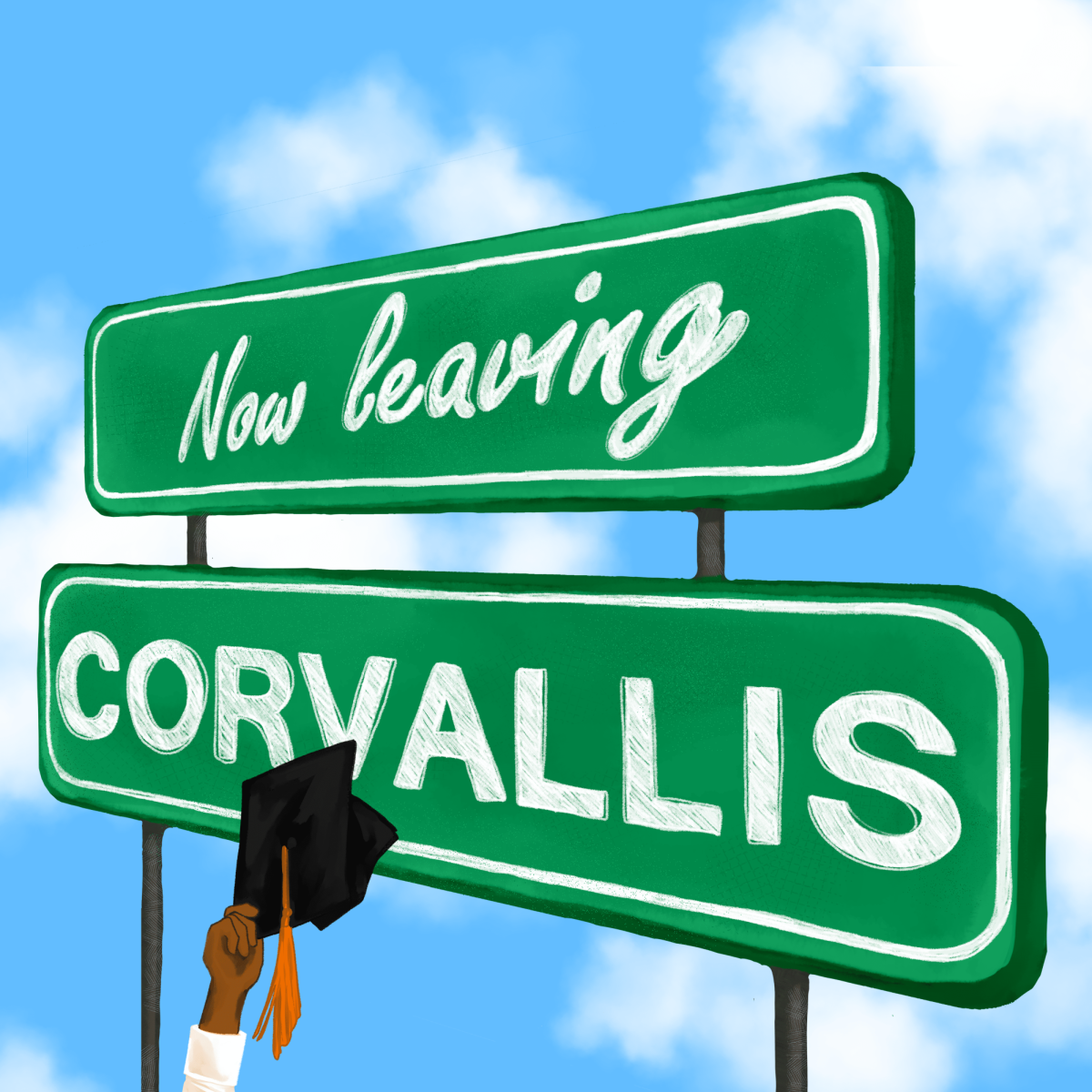If you open up TikTok and search “STEM vs liberal Arts”, a seemingly endless list of videos will appear. You could spend hours scrolling through people debating and arguing which major is harder or which is better.
Some will argue a STEM degree is better, claiming you’re more likely to be financially successful, TikTok user andrewivx7.0 said.
Others will focus on the ‘difficulty’ of the degree, claiming their respective major is better than the other because of how much time, effort, exams, papers or projects they’re subjected to.
However, amidst the debate and competition between STEM and liberal arts degrees, some professors and students feel we’ve lost the plot.
“There’s just too much of a divide — STEM and liberal arts,” said Nova Hodgson, third-year botany major at Oregon State University, “I think those dynamics also create a divide between the students. Like liberal arts people that I’ve met hate STEM (majors) and vice versa.”
Part of the divide is based on the nature of classes different majors take. Most engineering majors, for example, don’t typically take English classes, and most English majors don’t take engineering classes.
“I think that the same way that my program is in a little bubble, other majors also have their own bubble … You’re surrounded by like-minded people,” said Ellie Counts, fourth-year graphic design major at OSU.
Without much interaction between disciplines, learning from one another is more difficult.
That divide also comes from the fact that most college students are coming of age and figuring out who they are, said associate professor of English Raymond Malewtitz at OSU. This can manifest itself in our attempts to show that we’re better than others.
“I think young adults are keenly aware of the fact that they’re in the process of becoming who they will be as an adult self, and the way in which you do that is to, in some negative ways, try to fit yourself into the pecking order in a way,” Malewitz said.
But outside university, the world is not truly divided and isolated into a STEM world and a liberal arts world.
“We see what happens when you just let STEM folks do things without any sort of political constraints or asking good critical questions while they’re doing stuff,” said Ehren Pflugfelder, associate professor of technical and scientific writing at OSU. “They choose projects that can ultimately be harmful to themselves, the economy, the world, certain groups of people more than others.”
Last year, researchers from OSU and the University of Vermont collaborated with the Smithsonian Art Museum to study the ecological history of the pre-industrial northeast using 18th Century landscape paintings.
“If you do interdisciplinary work, you’ve got people from all kinds of perspectives and all kinds of backgrounds commenting on it, and you’re less likely to make major mistakes,” Pflugfelder said.
Within the literary arts world, STEM can also be informative.
As an undergraduate, Malewitz majored in biochemistry and English. Thinking there was no way to combine the two, he felt like he had to choose one. He worked in environmental engineering for a while before teaching high school chemistry.
When he entered graduate school, he became exposed to the relatively new field of studying literature and science together, which has become the focus of his research today.
“Most of the work, most of the essays, most of the research that I’ve published has been engaged in some way with scientific practices, either within or beyond university structures,” Malewitz said.
Currently, Malewitz is in the process of publishing a book on the cultural history of animal disease and animal disease management. In writing his book, he spoke to some friends at OSU’s vet school to get their input.
“If I’m going to talk about the literature then I have to compare that to the real conditions of disease outbreaks and the real policies that have structured these things in the past to kind of line up representation of reality, I couldn’t have done that very easily without relying upon people who that’s their job,” Malewitz said.
Hogdson has also incorporated more humanities perspectives within botany through ethnobotany, an idea where humans and plants are connected and not separate, different organisms — “We both coexist in the world,” Hodgson said.
“Science approaches can be applied in liberal arts and vice versa,” Hodgson said. “And (they) should, in my opinion.”
When it comes to the TikTok debate — which is better or which is harder — both majors are difficult and they’re both good, Pflugfelder said.
“There’s usually humanities, there’s TikToks of, like, ‘I read this 1000 page novel,’ and then somebody shows off this unbelievably dense textbook of physics that they mastered,” Pflugfelder said. “Which is harder? Neither is harder. It’s harder for the person who loves the STEM stuff to do the humanities stuff. It’s harder for the humanities people to do the STEM stuff.”

